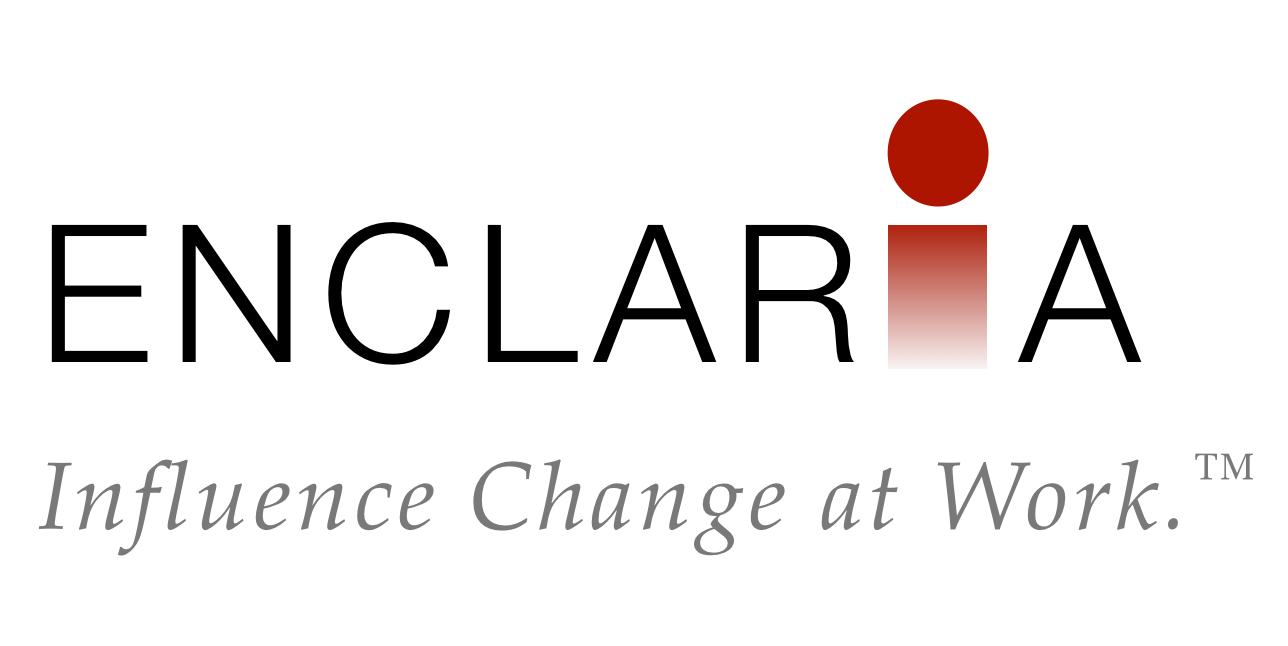As much as we’d like people to respond logically and rationally to change, they really respond emotionally. It’s the human experience to interpret what’s happening based on how it makes us feel. Change at work, whether it’s a new technology, a reorg, a process improvement, or a merger, is no different.
Unfortunately, several of the emotions that change generates can cause people to get stuck. Let’s discuss some of the key emotions that keep people from embracing change, and what to do about it.

Grief
For many people, change means loss. Loss of comfort, loss of the status quo, loss of the past and all the work done to get to where they are now. Some of the earliest change management theories are based on how people tend to have some of the same emotions during change as people who have experienced the loss of a loved one. Feeling grief about change is related to not wanting to let go of what is.
To help people let go, give them some space to process their grief, and give them support as they work through it. Celebrate the past and give people a chance to say goodbye, like having funerals or retirement parties for the old ways of doing things.
Fear
If grief is about holding onto the past, fear is about avoiding an imagined future. As change unfolds, people start to play out in their minds how it will go, and determine how it might affect them. Out of self-preservation, they often respond to the worst-case scenarios. Fear stems from uncertainty, loss of control, and also from expected negative impacts of change.
Transparent, early communication helps provide certainty about change (as long as there’s trust in the messengers). Address concerns. Demonstrate early successes of people going through change. And give people some control of their change experience by involving them as much as possible in designs and decisions.
Frustration
Between the current state and the future state is the process of going through change, which is often accompanied by frustration. The trial and error of learning something new can cause frustration for people who are used to doing things easily. Frustration also occurs because people are not adequately equipped for change. They’re being told to change, but they lack the skills, resources, time, or the power to actually do so.
To avoid causing frustration, ensure that people have what they need to succeed. Provide training and tools. Give them access to information and collaboration. Empower people to take responsibility for changing themselves.
Apathy
Apathy is really a lack of emotion, but in the context of change, it’s a lack of motivation to change. It’s when people don’t see change as important enough to spend energy on it – positive or negative. If people don’t care, the change will just be ignored.
To deal with apathy, find a way to link the change to something they care about. Provide motivation by sharing how adopting the change will positively impact the organization, customers, and themselves. Get managers to make change a priority, so people will see that it’s important. Offer incentives or gamification to encourage people to participate.
People experience many emotions as they go through change, some of them at the same time! In general, the place to start dealing with people’s emotions about change is to acknowledge those emotions instead of avoiding or denying them. Recognizing emotions is the first step toward helping people work through them.
What other emotions would you add to the list? Please share in the comments below.

 Three Signs of Resistance That Are Really Engagement
Three Signs of Resistance That Are Really Engagement